PART.2
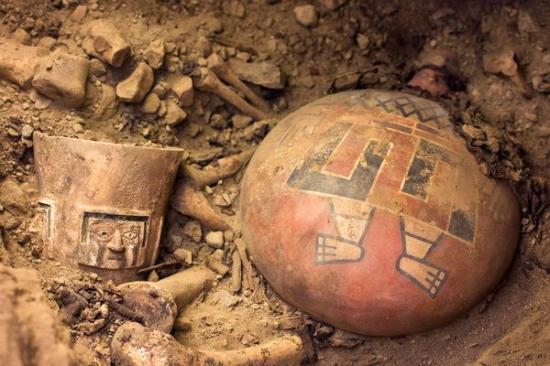
As archaeologists dug in one side chamber, they unearthed the remains of a Wari queen and several regal offerings, including a brilliantly painted ceramic flask (right) and an alabaster drinking cup (left). Photograph by Patrycja Przadka Giersz
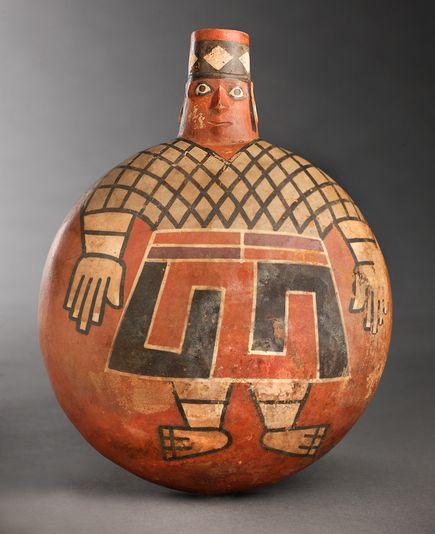 With eyes wide open, a painted Wari lord stares out from the side of a 1,200-year-old ceramic flask found with the remains of a Wari queen. Giersz and his colleagues think the Wari may have displayed the body of the queen after death in a royal ancestor cult. Photograph by Daniel Giannoni
With eyes wide open, a painted Wari lord stares out from the side of a 1,200-year-old ceramic flask found with the remains of a Wari queen. Giersz and his colleagues think the Wari may have displayed the body of the queen after death in a royal ancestor cult. Photograph by Daniel Giannoni
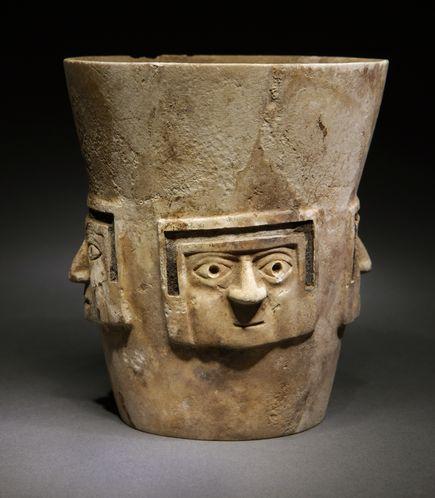
The newly discovered tomb contained many rare treasures, including this drinking cup carved from alabaster. It is the only such cup known from ancient Andean sites. Photograph by Daniel Giannoni
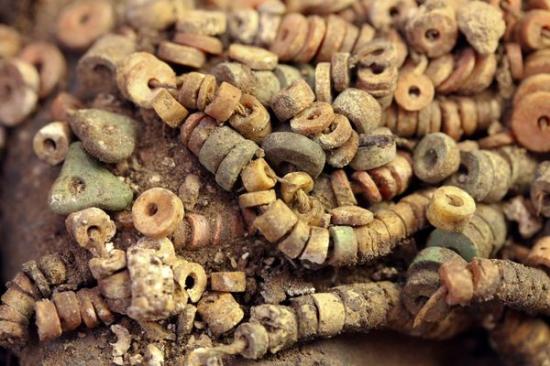
Still caked in earth, strings of semi-precious stone beads from the tomb await cleaning and conservation. Photograph by Patrycja Przadka Giersz
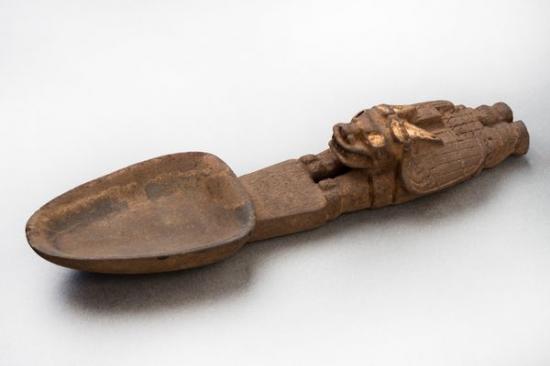
One of the things that amazed and delighted archaeologists was the excellent preservation of wooden artifacts in the imperial tomb. Some 1,200 years ago, a Wari artist carved a supernatural winged being on the handle of this weaver's spoon. Photograph by Daniel Giannoni
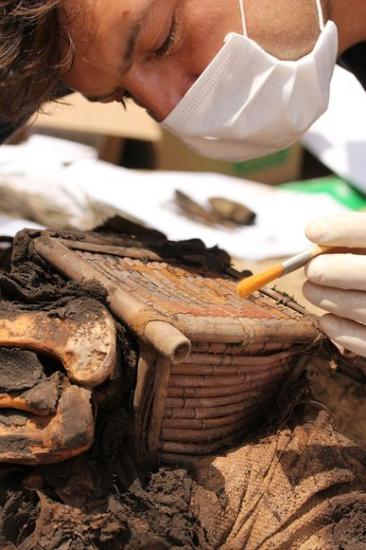
Bending to his work inside the burial chamber, archaeologist Milosz Giersz brushes away sediments from a small cane box. Giersz and his colleagues found gold weaving tools tucked inside such boxes. The Wari queens, they now surmise, wove cloth with gold instruments. Photograph by Patrycja Przadka Giersz